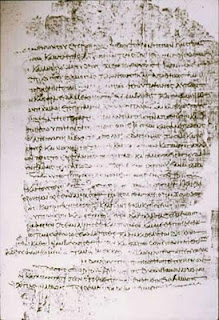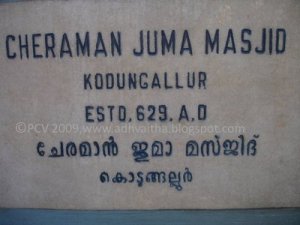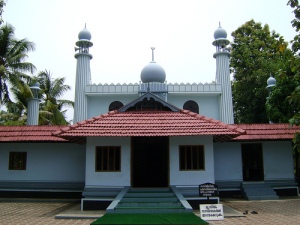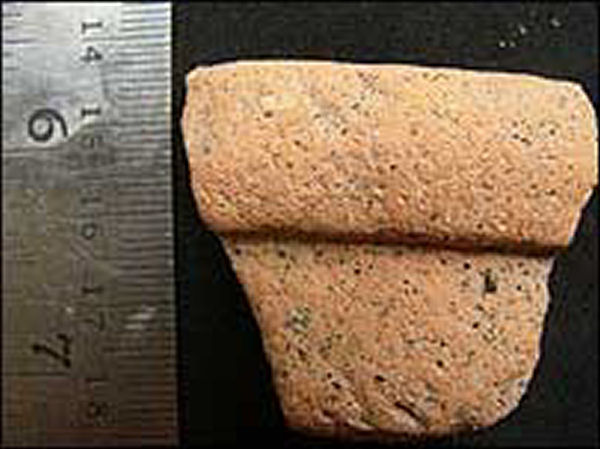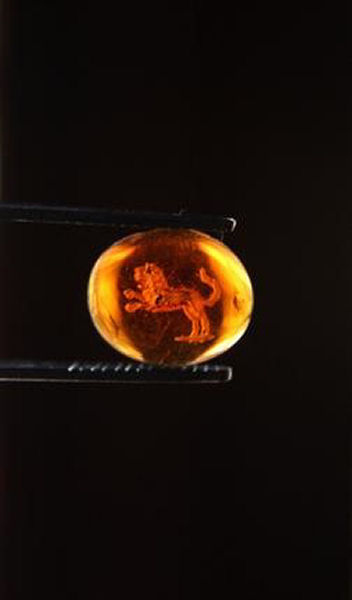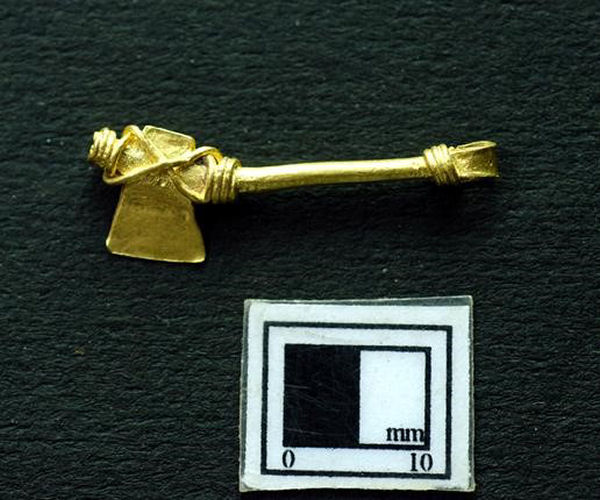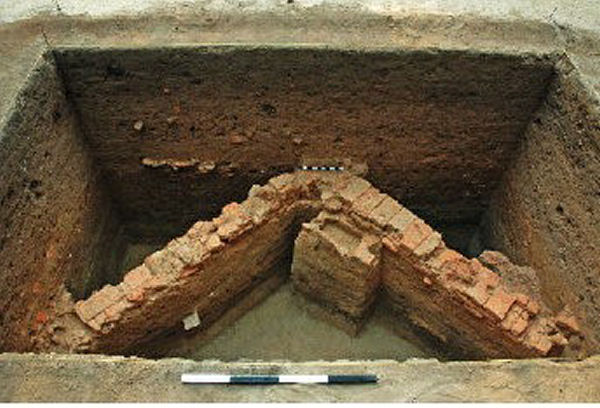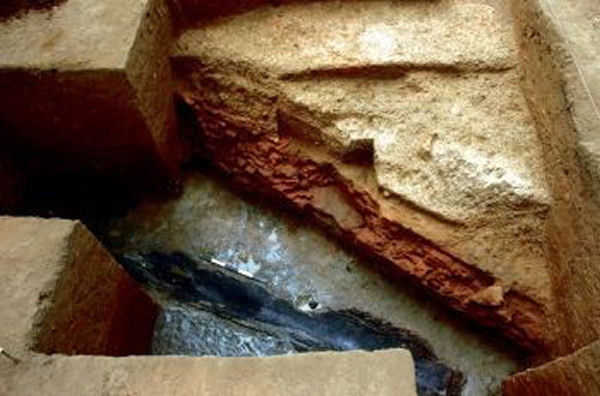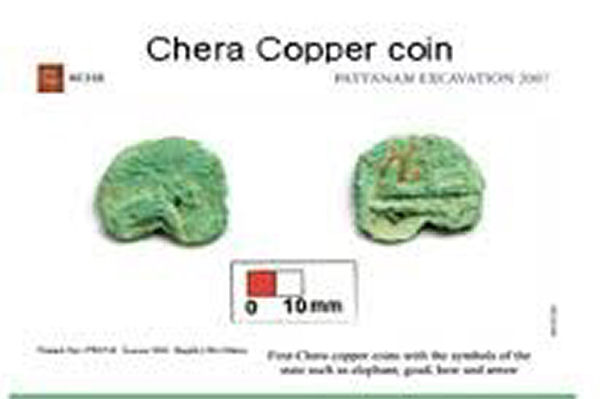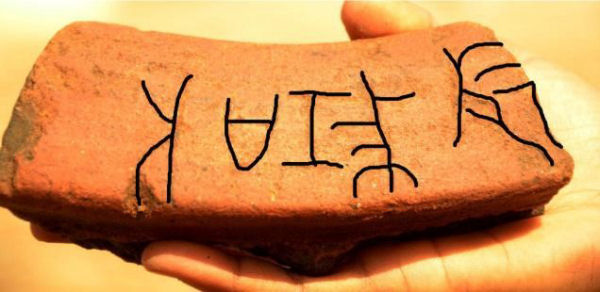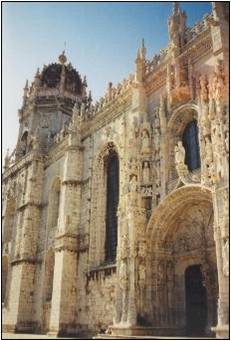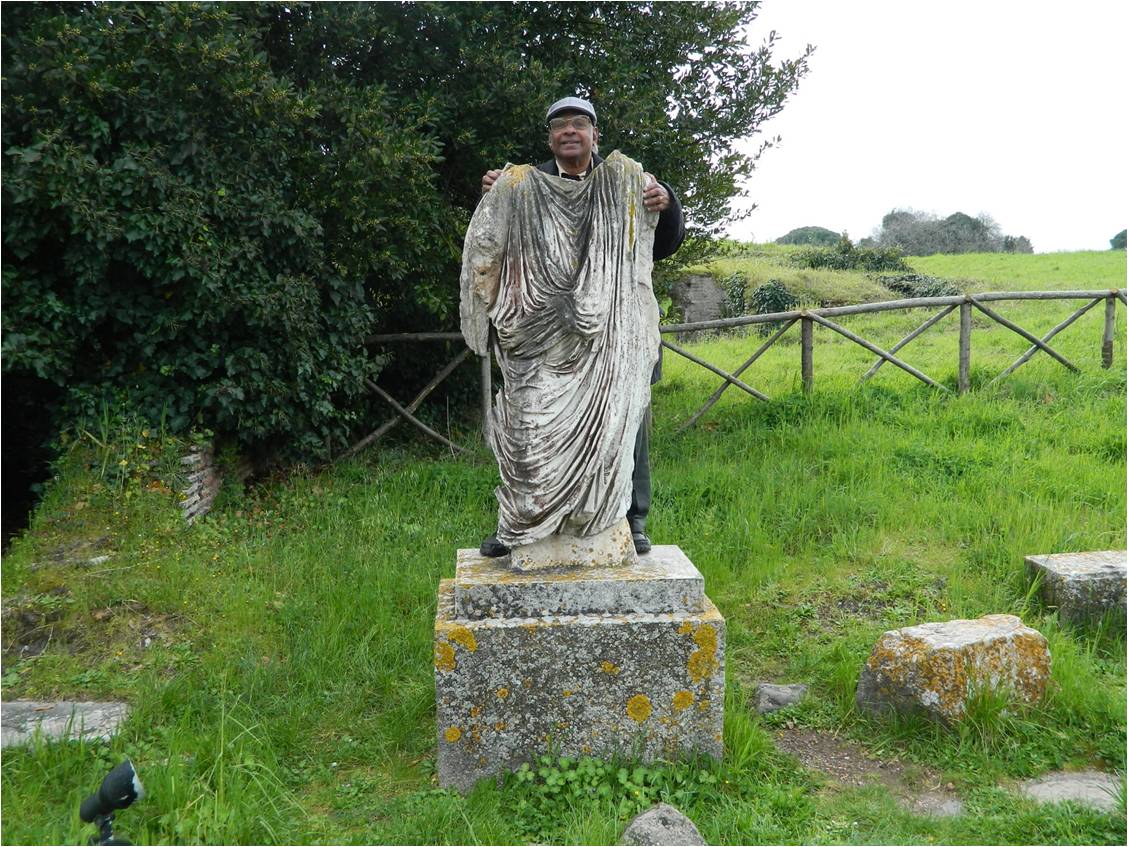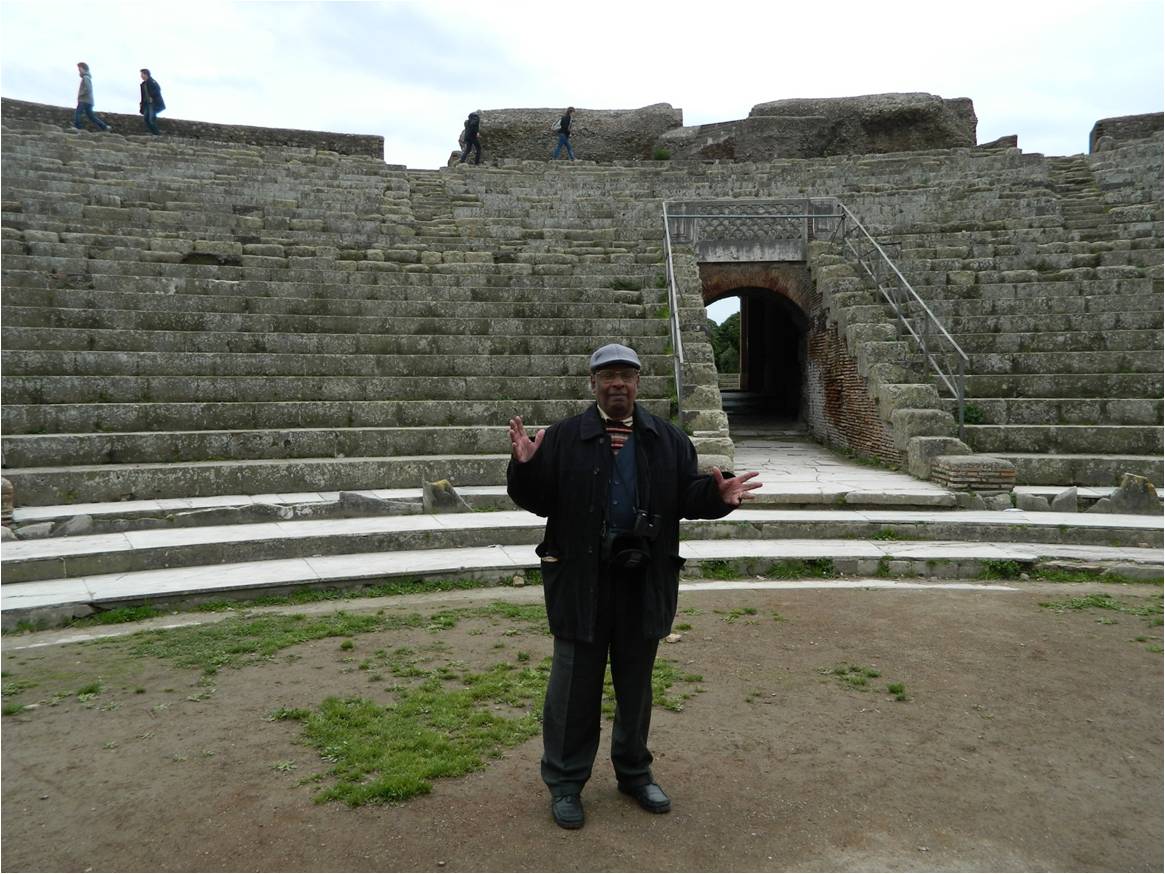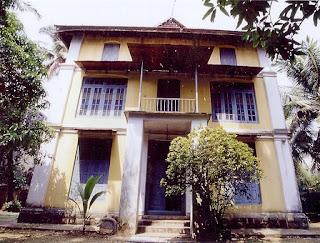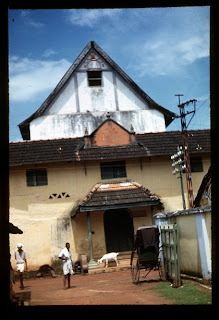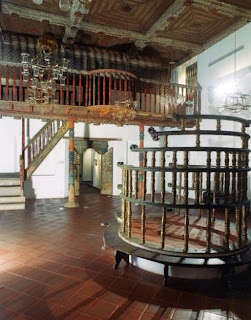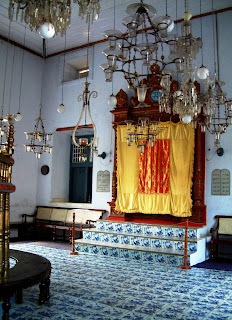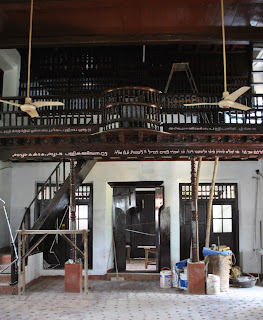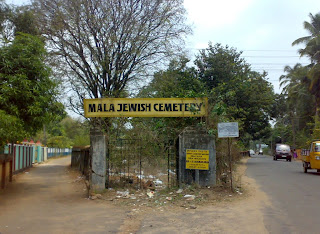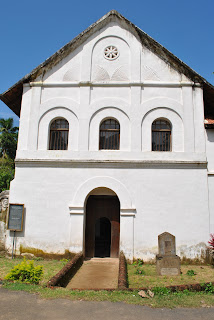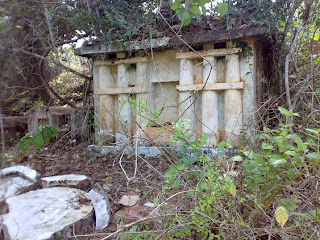A proposed visit of the Prime Minister to India’s oldest mosque, the Cheraman Juma Masjid, is in limbo as Kerala Tourism’s Muziris Heritage Project brushes uncomfortably against the Sangh Parivar’s construct of history.
Prime Minister Narendra Modi’s visit to the Grand Mosque in Abu Dhabi — within weeks of speaking about India’s Islamic heritage during his tour of Central Asia — was widely interpreted as a recalibration of his approach towards Islam, but repeating that gesture within the borders of the country appears difficult for him.
A proposed visit of Mr. Modi to India’s oldest mosque, the Cheraman Juma Masjid in central Kerala’s Kodungallur, is in limbo as Kerala Tourism’s Muziris Heritage Project that he was to inaugurate during the visit, brushes uncomfortably against the Sangh Parivar’s construct of history. Mr. Modi had accepted Kerala Chief Minister Oommen Chandy’s invitation to inaugurate the project, but Sangh Parivar leaders opposed to the project registered their protest with the PM who subsequently developed cold feet, a BJP source told The Hindu. “We are waiting for a date from the PMO,” a senior functionary of the Kerala government said.
Cultural overtones
At the heart of the debate is the ongoing excavation at Pattanam near Kodungallur, which historians increasingly believe is the remains of Muziri Patanam, the lost port on the south-western Kerala coast that fostered intense trade contacts between the subcontinent and regions in Europe, Africa and other parts of Asia, between third century BC and fifth century AD. Kerala tourism developed a heritage tourism project around it. Indian Ocean trade contacts are a subject close to Mr. Modi’s heart, but the cultural undertones that accompany them make for complicated politics, and in Kodungallur, it is striking.
It is here that Christianity and Islam possibly made their first contacts with the peninsula, alongside trade, much before they arrived in other parts of India through invasions and colonialism. The Syrian Christian tradition claims — though without much historical evidence — that St. Thomas reached Kodungallur in the first century AD along with Jewish traders. A synagogue still exists in the town, and is part of the proposed tourism circuit. The exact date of the founding of the mosque is also not an established historical fact though the local legend cites AD 629. “What is certainly clear is that cultural exchanges accompanied trade,” said P.J. Cherian, Director, Pattanam Excavations, and Director, Kerala Council for Historical Research (KCHR). Though the current excavation site suggests decline by the fifth century, contacts of the region with Arabia continued during the advent of Islam. “Excavation has no preconceived notions,” said K.N. Panikkar, Chairman, KCHR, on the possible impact that emerging finding may have on local legends.
RSS-affiliated bodies, particularly the Bharatheeya Vichara Kendram, have been opposed to the project and its interpretations. Organiser wrote in 2011: “The Left conspiracy, spearheaded by Panikkar and Cherian of KCHR, was to showcase Muziris as a centre of composite culture consisting of Jews, Dutch, Portuguese, Muslims and Babylonians; Hindus only represented by Vanvasis.” “BVK view on this project has been communal and is not based on any historical understanding,” said Prof. Panikkar.
BJP State president V. Muraleedharan said the PM had never agreed to come for the inauguration of the project. “He certainly must have said that he would consider, but to say that he agreed to come is misinformation.”Despite the silence from the PM, supporters of the project have not lost hope. Dr. Cherian pointed out that the permission for excavation was extended after Mr. Modi came to power. “We are eagerly waiting for the dates of the Prime Minister. But unfortunately, despite feverish follow-ups by the Chief Minister’s office with the PMO , we haven’t got any confirmation yet,” said T. N. Prathapan, senior Congress leader and local MLA. Mr. Prathapan said the State government’s proposal was for the Prime Minister to visit the masjid, the Bhagavathi Temple and the St Thomas Church.
“We will be very happy to welcome the Prime Minister,” said Dr. Mohammad Syed, president of the Masjid Managing Committee.























